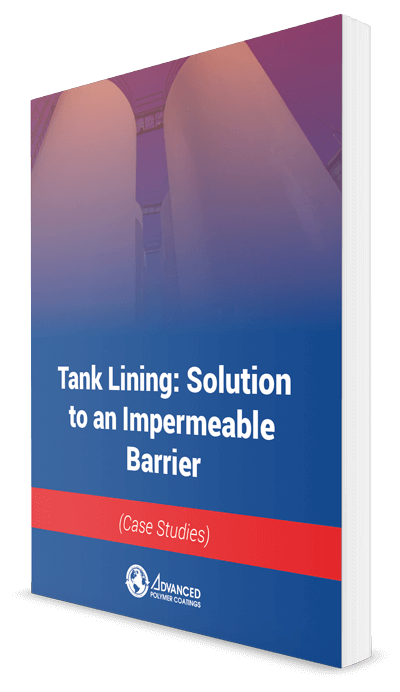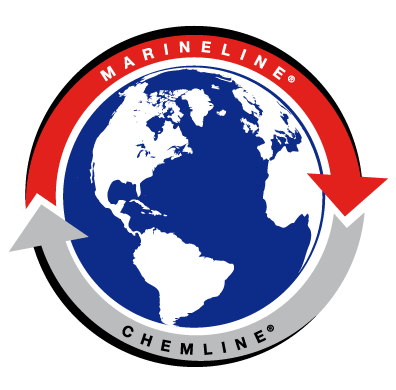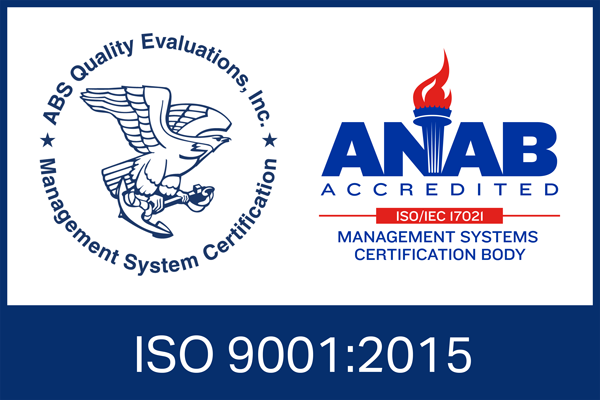What is a Tank Lining?
A tank lining is applied to a tank to protect the substrate material from a chemical attack. An exceptional tank lining creates an impermeable barrier, fully adheres to the substrate, seals all gaps, provides the most cost-effective corrosion protection, and prevents costly hiccups.
Tanks with capacities that are below 110 gallons are held to federal regulations that call for safe containment of chemicals and prevention of leakages through the proper lining of water holding tanks.
For decades, the oil and gas industry has viewed corrosion in storage structures as a significant cause of discharges and tank failure. To protect their assets and extend the life of their tanks, owners typically include some method of corrosion control.
As a provider of coatings, we provide the right tank lining system for your needs. In this article, we discuss the adverse effects of corrosion, characteristics of a good tank lining, and proven case studies where storage tanks were protected from hazardous chemicals, and extreme conditions.
Effects of Corrosion and How to Prevent it
Corrosion is defined as the gradual destruction of materials or their properties due to a reaction with their environment. Affected mediums include metals, plastics, and other materials that are incompatible with certain chemical compounds. The useful properties of materials and structures, including strength, appearance, and permeability to liquids and gases, can all be degraded by corrosion. One way to combat this is by protecting the structure with a high-performance, corrosion-resistant coating.
Many high-performance coatings offer tremendous resistance against corrosion and abrasion. But there are few specialized coatings that provide chemical resistance for strong liquids — such as acids, alkalis, gases, solvents, or oxidizers — as well as extreme temperatures and other factors associated with the storage and transportation of such liquids.
It is essential that the interior, as well as the exterior of metal tanks, be protected. In addition to environmental factors that can cause corrosion of steel, there are many types of products stored inside tanks that can accelerate the breakdown of the surface. If the structure is not appropriately protected, perforations can occur and cause consequential damage to the interior. The cost implications can be felt directly and indirectly by the owner through the loss of production, environmental impacts, and required damage repair.
To provide the most cost-effective corrosion protection, the right criteria must be considered when selecting a coating. If an appropriate coating is not chosen and applied, contamination of the stored product and deterioration of the tank becomes more likely.
Top Three Characteristics of a Good Tank Lining
- It creates an impermeable barrier
- It must fully adhere to the substrate
- It seals all gaps
Choosing a Tank Lining System to Maintain Integrity
When storing hazardous bulk liquids, the critical question to ask is whether the tank lining can handle a corrosive attack from the chemical being stored.
In other words...
Will the lining be reliable over time, maintaining both the integrity and purity of the chemical stored, while also preserving the tank asset?
In the next sections, we offer a few case studies where careful analysis and coating selection were critical to success.
Case Study #1: Hydrochloric Acid Storage
Viking Chemicals, a global service company engaged in oil and gas drilling and related services, turned to Turkish tank manufacturer Cazgir Makina and the experts at MarineLine Turkey for a storage tank lining solution to safely carry corrosive hydrochloric acid (HCl).
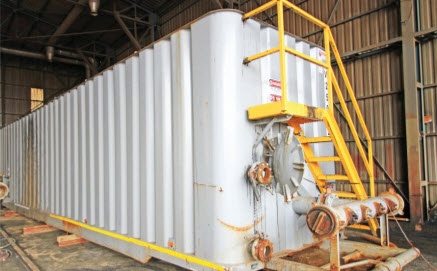
A Viking tank that had been storing dirty petroleum products (DPPs) was lined with an epoxy coating. It had never held HCl, which would not be possible with the epoxy coating. They wanted to avoid using rubber lining, which is expensive to apply and both difficult and costly to repair.
The specification called for refurbishing this existing 150-cubic meter tank with APC’s ChemLine® coating, a system that works well in extreme service conditions. The patented polymer in its formulation creates a highly cross-linked, virtually non-permeable barrier lining between the chemical and the underlying steel substrate where corrosion can occur.
This tank underwent a complete surface renovation to remove the existing epoxy lining from the internal tank surfaces that had layers of dirt and grease build-up from past DPP storage. Once the tank was clean, a ChemLine® coating application was done in two coats — first, a gray base coat at 7 to 8 mils, followed by a 7-to-8-mil red-colored topcoat to prevent any discoloration from the HCl. The coating was heat cured at 177° C for 8 hours to enhance the cross-linking of the polymer and then it was put into service.
After a successful year, Viking asked for a second newbuild HCl tank to be coated with the ChemLine® system, followed by the coating of a third newbuild tank, currently in progress. The first two tanks have been in service for several years with no problems.
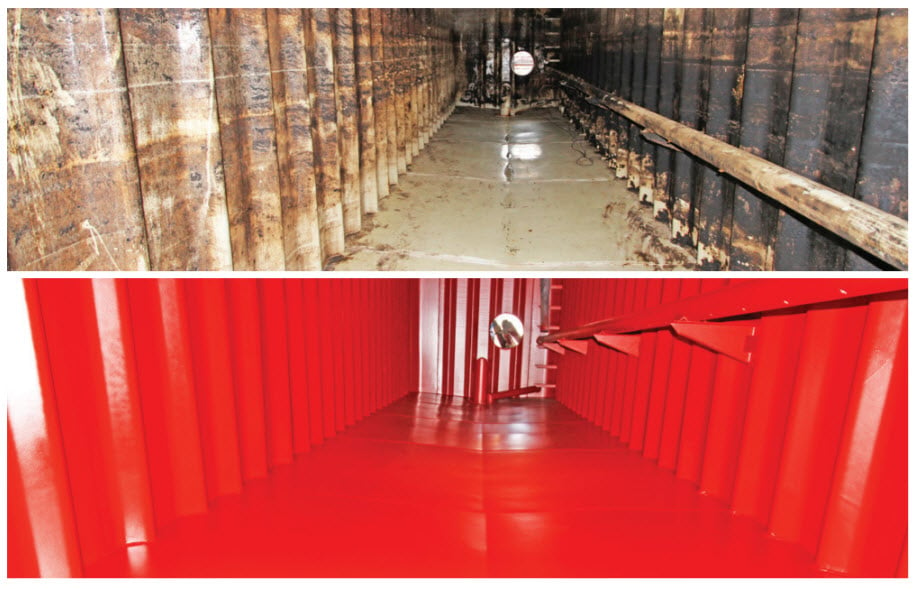
[BEFORE] Top Image: The existing dirty, greasy epoxy lining needed to be blasted and removed and then the tank was chemically cleaned and prepped.
[AFTER] Bottom photo: Once the tank was completely clean, it was lined with two coats of ChemLine® to deliver a protective solution for storing corrosive HCl.
Case Study #2: Fatty Acid Distillates Storage
At AVES, one of the largest edible oil producers in Turkey, ChemLine® is used as a lining in four carbon steel tanks (a total of 1,000 square meters) which store fatty acids at ambient temperature. This application follows a previously completed order for 14 carbon steel storage tanks at the facility, also lined with the ChemLine® system.
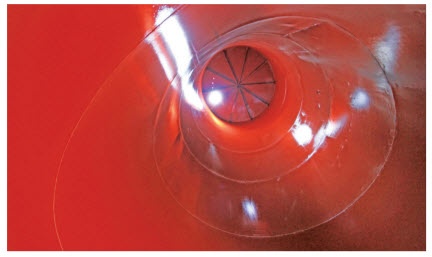 The inside of the AVES tanks is coated with the unique ChemLine® tightly cross-linked polymer coating technology. This ensures a virtually non-permeable surface — ideal for holding edible oils.
The inside of the AVES tanks is coated with the unique ChemLine® tightly cross-linked polymer coating technology. This ensures a virtually non-permeable surface — ideal for holding edible oils.
Case Study #3 - Sulfuric Acid Storage
Several tanks at the Monómeros Colombo Venezolanos terminal storage facility in Barranquilla, Colombia, required a special lining to handle sulfuric acid. The company requested ChemLine® because it offered high-purity storage while also protecting against tank corrosion. The carbon steel tanks hold a sulfuric acid concentration of 98.5% at an average temperature of 40°C (104°F), operating at a peak temperature of 80°C (176°F). The company reports that the coating has provided excellent chemical resistance since installation four years ago.
Case Study #4 - MEG and Sulfuric Acid Storage
At the Likit Kimya facility in Adana, Turkey, two new storage tanks have been constructed to store mono-ethylene glycol (MEG) and another to store sulfuric acid. Each of these carbon steel tanks measures 21-meters-high by 14-meters-wide and are designed to hold 3,000 cubic meters of liquid. All tanks are currently in full service, delivering exceptional chemical resistance.
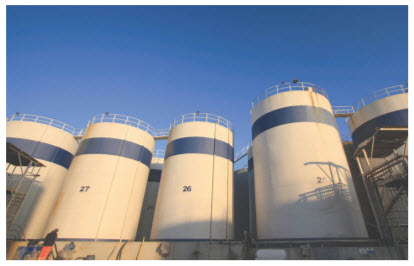 Image: At Likit Kimya, these tanks were prepped for MEG storage.
Image: At Likit Kimya, these tanks were prepped for MEG storage.
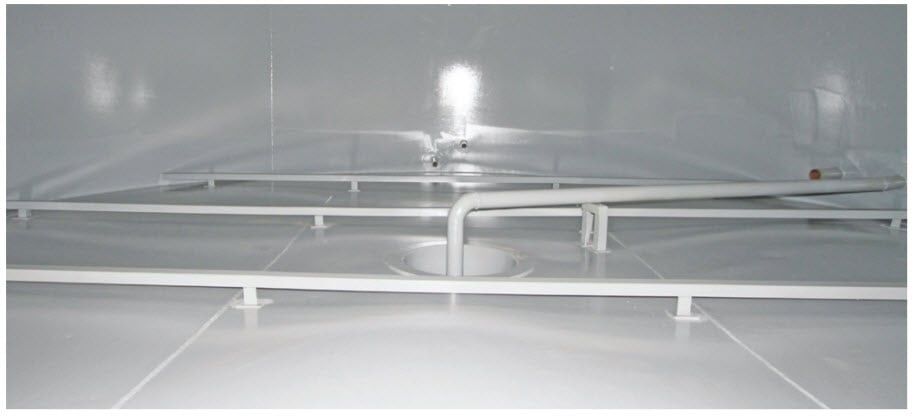
Image: Two coats of ChemLine® were applied in these storage tanks — first a red basecoat followed by a gray topcoat, as shown in this close-up view.
Case Study #5: Proprietary Polymers and Chemical Storage
At the Kraton Formosa Polymers Corporation (KFPC) in Taiwan, a number of specialty polymers are stored and mixed in carbon steel tanks to manufacture hydrogenated styrenic block copolymers, ethylene, and other chemicals. These vessels operate at temperatures between 60°C to 120°C.
KFPC wanted to line four new vessels with ChemLine® for protection against the contained chemicals and corrosion. The tanks were prepped by grit-blasting the interiors, followed by a ChemLine® basecoat, a stripe coat, then a topcoat. Both the base coat and top coat were applied at 7 to 8 mils, for a total thickness of the 12-to-14-mil system. Following application, the coating was heat cured at 121°C (250°F) for 6 hours. The vessels have been in service at the facility and are operating as expected.
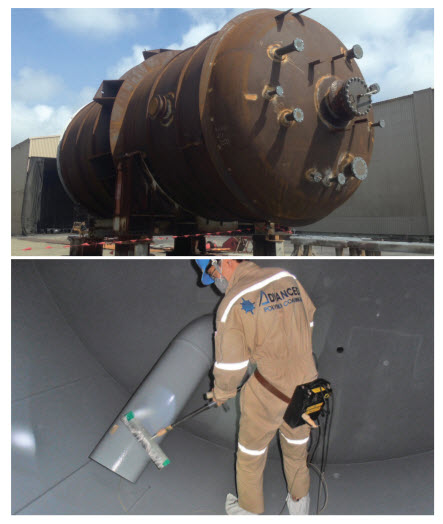 A new carbon steel vessel (top) is shown waiting for lining at KFPC in Taiwan. Spark testing of the finished ChemLine® topcoat (bottom) is done to prepare for storage of different proprietary polymers and specialty chemicals.
A new carbon steel vessel (top) is shown waiting for lining at KFPC in Taiwan. Spark testing of the finished ChemLine® topcoat (bottom) is done to prepare for storage of different proprietary polymers and specialty chemicals.
Using Test Data to Ensure Confidence
APC studies each chemical resistance request to ensure ChemLine® coating will perform for that specific tank service. If approved, a technical lab report is issued to ensure the lining will be able to handle the project.
To support these studies, APC relies on thousands of in-house and independent tests conducted to show ChemLine®'s performance with a wide range of hazardous and aggressive chemicals and liquids. These include 37% hydrochloric acid, 98% sulfuric acid, waste acids, acetic acid, caustic soda, solvents, alkalis, CPPs and edible oils. In these tests, ChemLine® was found to resist chemicals from pH 1-14 and at elevated temperatures. Chemicals approved for use with the coating system are highlighted in the ChemLine® Chemical Resistance Guide.
ChemLine® high-solids/low-VOC (volatile organic compound) coatings can be applied via conventional airless spray equipment as a two-coat system or as a one-coat plural-component system. When cured, the coatings deliver a highly chemical-resistant, hard, smooth surface inside the tank.
Conclusion
To ensure greater flexibility in the range of chemicals that can be handled by one tank, it is wise to consider a universal lining. Extensive testing and years of field experience have shown that ChemLine® successfully protects tanks against more types of chemicals and environmental influences than stainless steel, phenolic epoxies, and other conventional coatings.
To avoid the need to recoat and to preserve the integrity and longevity of your tanks — as well as the purity of the contained chemicals — ChemLine® can save you tens of thousands of dollars in labor, materials, and repairs.
An exceptional tank lining creates an impermeable barrier and prevents costly hiccups.

